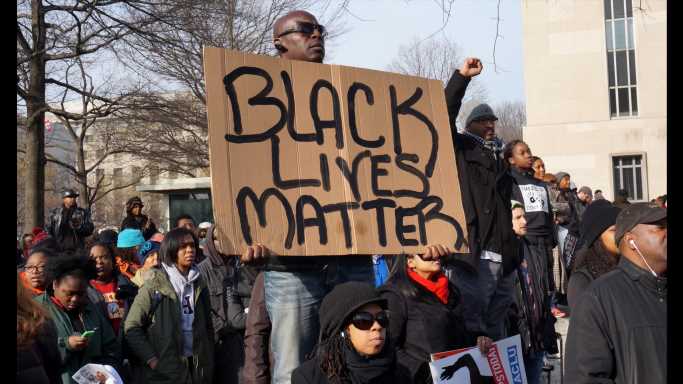The May 2020 murder of George Floyd brought the U.S. into an era of racial reckoning. The tragedy, in which an unarmed Black man was killed in broad daylight by a white police officer, sparked global outrage and in the U.S., put racial inequity at the center of the national conversation.
From slavery to the Jim Crow era, the United States has a centuries-long history of government-sanctioned racism. While such laws have been long since repealed, their legacies loom large and have shaped much of the racial inequity evident in the United States to this day. Here is a look at the most important moments of the civil rights movement.
With far fewer opportunities than white Americans have generally had to build intergenerational wealth through education, homeownership, and employment, Black Americans today are more than twice as likely as their white counterparts to live below the poverty line. Additionally, the typical Black household earns just 63 cents for every dollar a typical white household earns, and African American workers are also more than twice as likely to be unemployed as white workers.
While disparities such as these span the country, they are far more pronounced in certain areas. Using data from the U.S. Census Bureau, 24/7 Wall St. created an index to measure socioeconomic disparities between Black and white Americans to identify the worst states for Black Americans. We built the index specifically to emphasize gaps between whites and Blacks rather than overall conditions.
States in the Deep South historically had the worst institutional racism in the United States – from slavery to disenfranchisement, segregation, and overt descrimination from the Reconstruction Era into the 20th century. Still, while many Southern states have large socioeconomic disparities along racial lines, the worst racial inequality in the U.S. can be found in the Midwest.
Millions of Black Americans migrated from the South to industrial Midwestern and Northeastern cities in the early to mid-20th century. While these places offered greater economic opportunities for Black Americans, they also came with their own sets of harmful racist policies. These included practices such as redlining, which excluded Black homeownership in certain neighborhoods and reinforced segregation. Today, seven of the 10 worst states for Black Americans are in the Midwest, and the remaining three are in the Northeast. Here is a look at the most segregated cities in America.
Click here to see the worst states for Black Americans
To determine the worst states for Black Americans, 24/7 Wall St. created an index consisting of eight measures to assess race-based gaps in socioeconomic outcomes. Six of the measures – median household income, poverty, adult high school and bachelor’s degree attainment, homeownership, and unemployment rates – are based on five-year estimates from the U.S. Census Bureau’s 2019 American Community. The seventh measure, prisoners under the jurisdiction of state or federal correctional authorities by race per 100,000 residents, is based on Bureau of Justice Statistics data that is current as of Jan. 31, 2020. The eighth measure, age-adjusted mortality rate by race, is based on data from 2018 to 2020 from the Centers for Disease Control and Prevention.
For each measure, we constructed an index from the gaps between Black and white Americans. The index was standardized using min-max normalization. We also included the population of Black, non-Hispanic-or-Latino Americans as a percentage of the total population in the index at full weight. Data on population by race came from the ACS.
Source: Read Full Article
